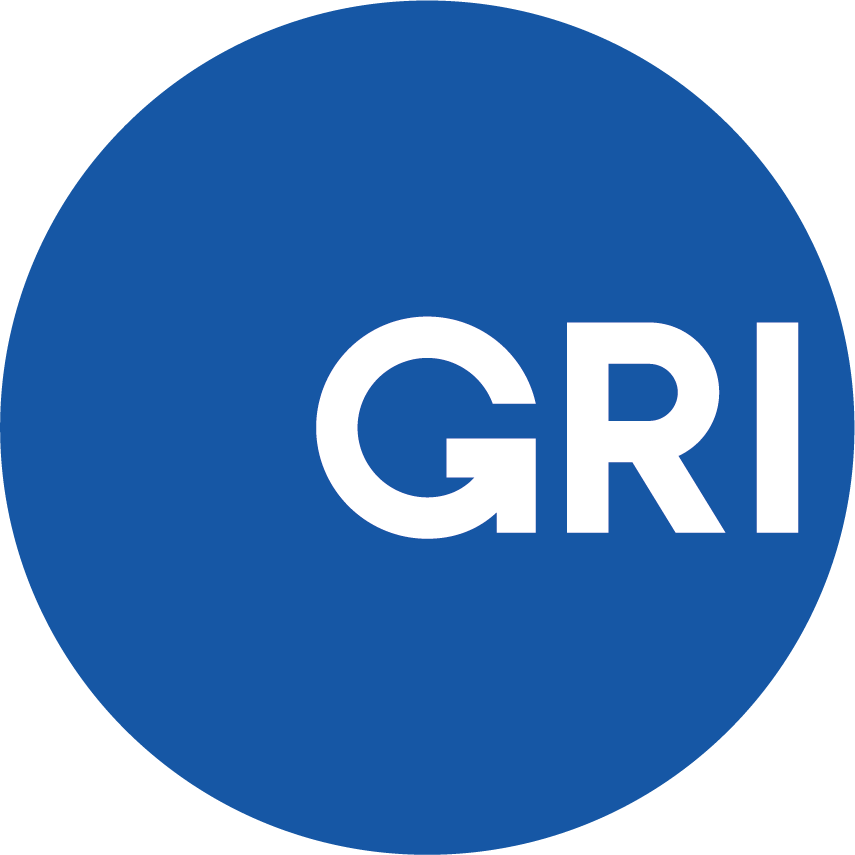Navigating the Evolving Landscape of Sustainability Disclosures: The Intersection of ESRS and GRI Standards
GRI experienced another eventful year in 2023. One of the most significant happenings was the signing of a new collaboration agreement with EFRAG, the organization mandated by the European Commission to prepare the European Sustainability Reporting Standards (ESRS), on November 30th. This agreement solidified the commitment of both organizations to ongoing collaboration in this critical time for the evolving global corporate reporting landscape.
A notable outcome of this renewed cooperation is the introduction of the GRI-ESRS Interoperability Index. This free tool is designed to help entities understand the commonalities between the two sets of standards in regard to impacts. It functions as a high-level tool, focusing on relevant ESRS data points corresponding to the GRI Standards, and includes explanatory notes on key differences when transitioning from ESRS to GRI. GRI has also developed a free spreadsheet, Draft ESRS-GRI data point mapping tool, to assist GRI reporters who are in the process of preparing for the first application of the ESRS. The tool offers a granular overview. For each of the approximately 1,100 ESRS data points, it indicates the relevant GRI disclosures that will help companies fulfill each data point, enabling data collection and GAP analysis.
A detailed examination of these resources is included in GRI’s Unlocking the ESRS for GRI Reporters course, including guidance on how to integrate ESRS into current GRI reporting processes and practices. All these resources are essential in simplifying the complexities of sustainability reporting for the over 3,000 US and 1,300 Canadian organizations that are expected to be directly pulled into the CSRD double materiality disclosure requirements. Beyond those affected, additional North American organizations will be indirectly affected by their business partners and customers subject to the directive.
GRI: The glue between jurisdictions
The sustainability disclosure landscape is changing rapidly, with new disclosures being announced in various jurisdictions, many of which may or may not overlap. Under this scenario, multinational companies will face the challenge of meeting multijurisdictional requirements, each with its own nuances that regional regulators may prioritize but not necessarily align with global stakeholder expectations, including international norms and instruments, such as the OECD guidelines. Adhering to credible and global standards, such as GRI Standards, enables organizations to effectively meet various regulatory purposes. With the ESRS and GRI overlap, GRI can demonstrate that similar cases can be made for future regulations. Another important aspect is that the ESRS do not comprehensively address all sustainability topics and metrics, and the GRI Standards can be a source to fill those gaps. Take tax standards that are not included in ESRS as an example: stakeholder expectations won’t go away on tax transparency. Companies can continue to rely on the GRI Standards to provide the global baseline for sustainability and impact reporting.
Numerous new disclosures mandates remain unknown, but the direction of travel is clear: more transparency and accountability will be requested, and more rigor will be needed for adequate reporting. GRI continues to collaborate with other thought leaders, jurisdictions, and entities to bring together the latest best practices and a means for standardized reporting, aligning with the latest authoritative instruments and addressing stakeholder interests effectively.

